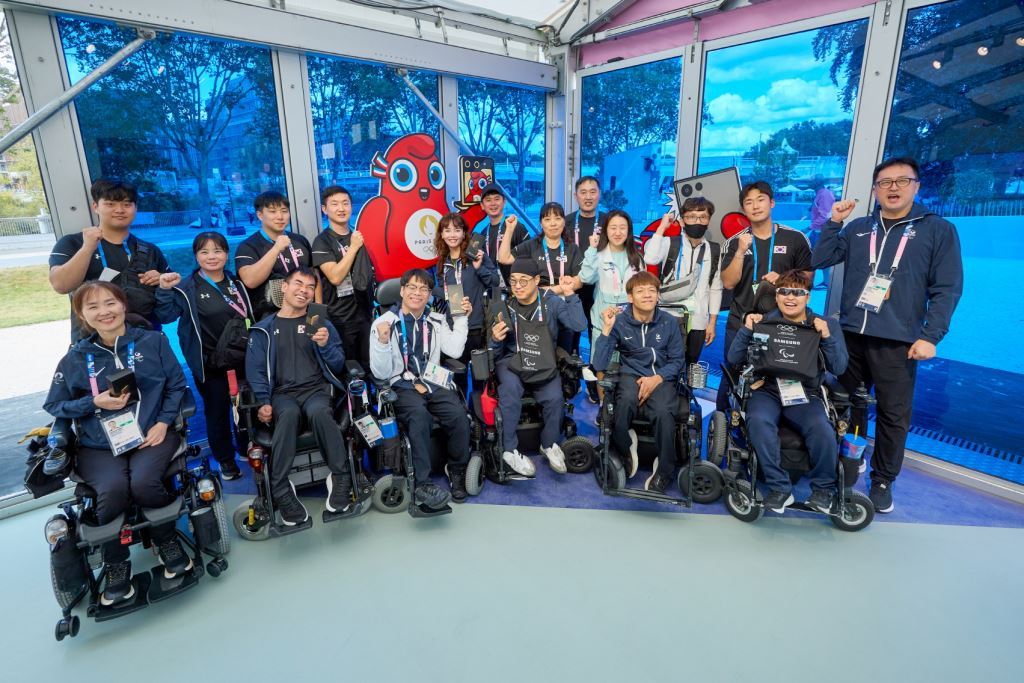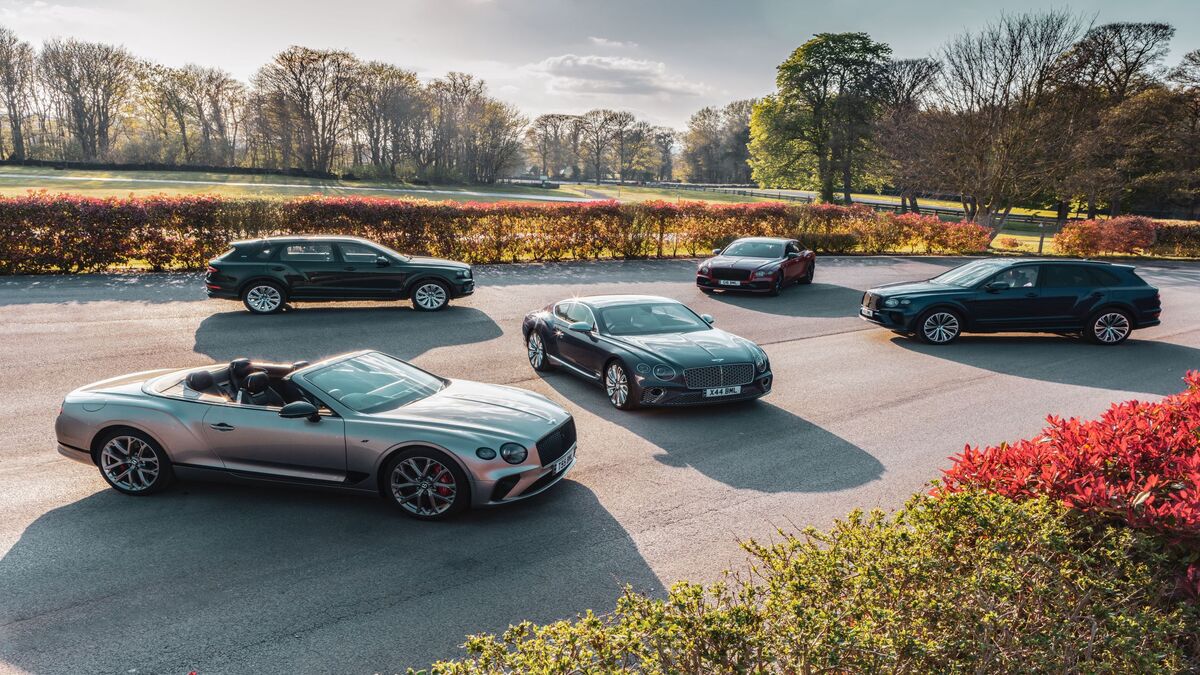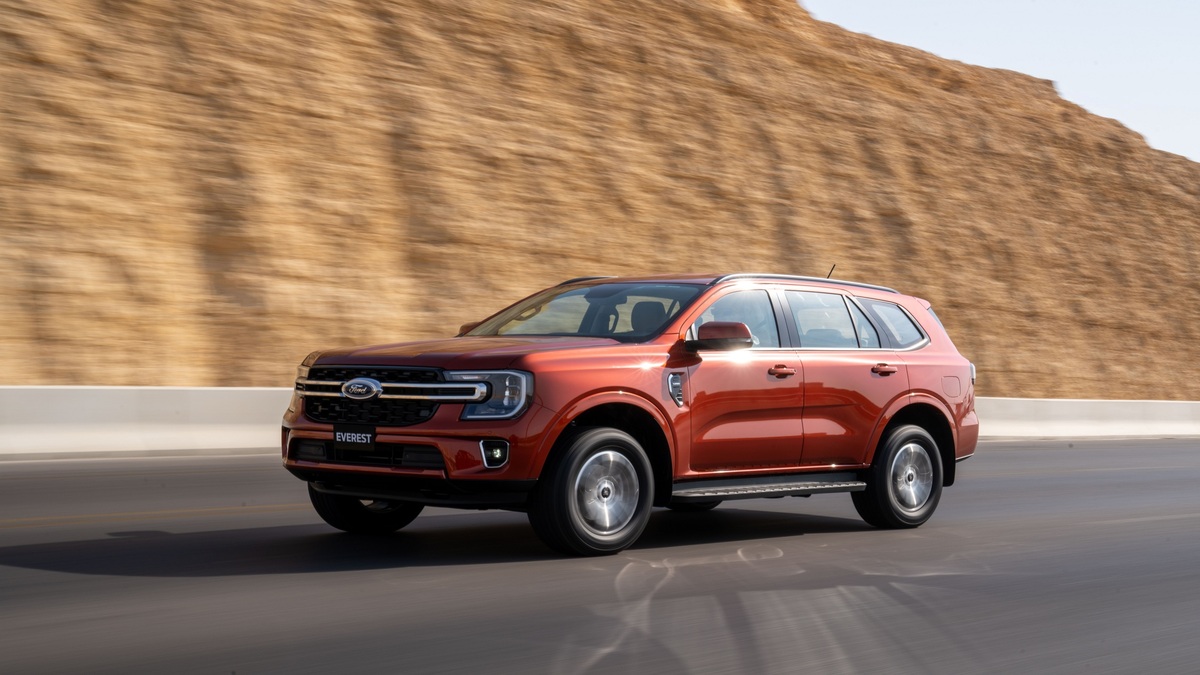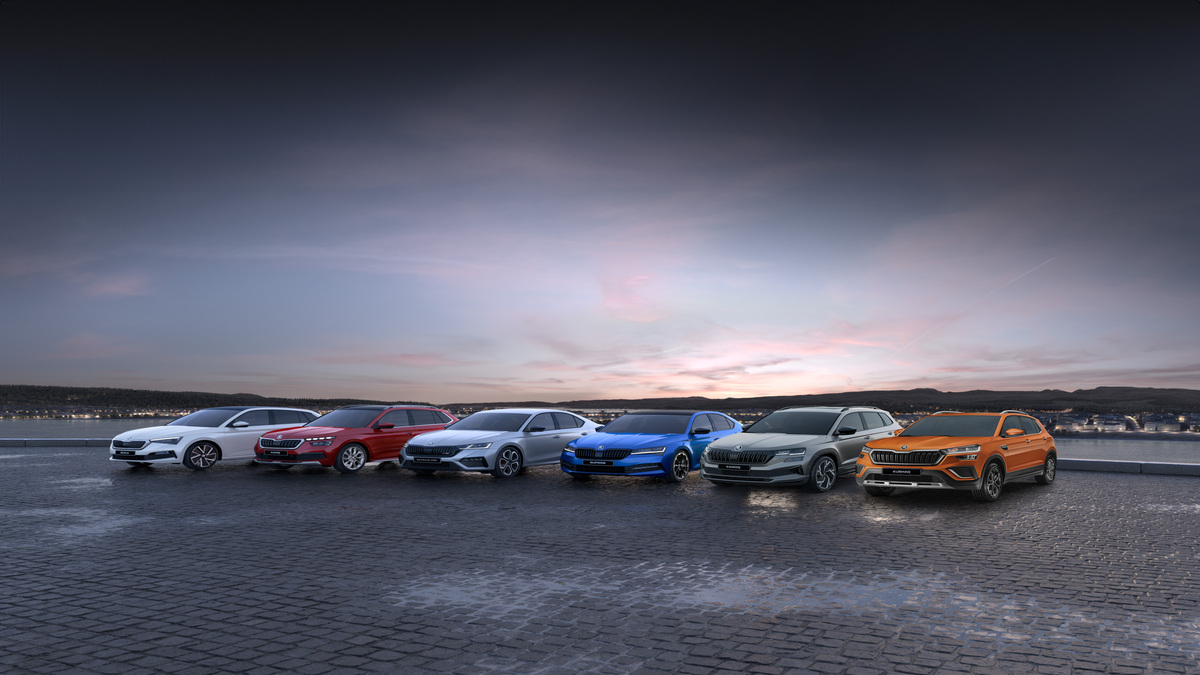The Bugatti Tourbillon: An Automotive Icon ‘Pour l’éternité’
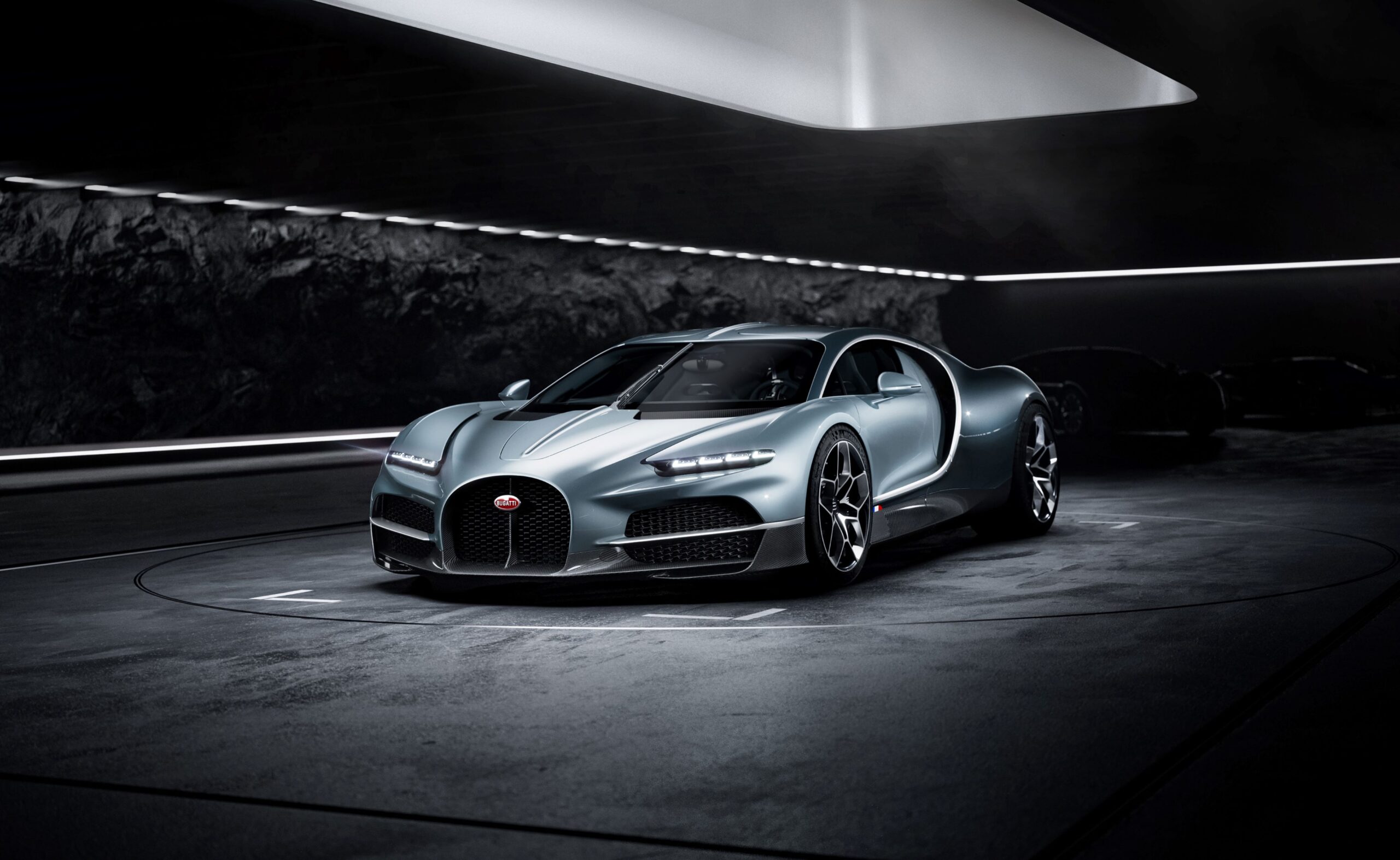
Dubai, UAE: In 2004, the reborn Bugatti brand transformed the world of automotive performance and luxury with a 1,001 hp hyper sports car: the Veyron. The first road car with more than 1,000 hp was succeeded in 2016 by another engineering feat so ambitious it reset all expectations of performance, the world’s first 1,500 hp car: the Chiron. At the heart of these cars was the world’s most advanced automotive engine: an 8.0-liter quad-turbo W16. Now, 20 years after Bugatti invented the hyper sports car, it redefines the concept completely with an entirely new powertrain and platform. This is the Bugatti Tourbillon.
NAME AND PHILOSOPHY
Mate Rimac, CEO of Bugatti, said: The development of the Bugatti Tourbillon was guided at every step by the 115 years of Bugatti history and the words of Ettore Bugatti himself. His mantras ‘if comparable it is no longer Bugatti’ and ‘nothing is too beautiful’ were a guiding path for me personally, as well as the design and engineering teams looking to create the next exciting era in the Bugatti hyper sports car story.
“Icons like the Type 57SC Atlantic, renowned as the most beautiful car in the world, the Type 35, the most successful racing car ever, and the Type 41 Royale, one of the most ambitious luxury cars of all time, provide our three pillars of inspiration. Beauty, performance and luxury formed the blueprint for the Tourbillon; a car that was more elegant, more emotive and more luxurious than anything before it. Quite simply, incomparable. And just like those icons of the past, it wouldn’t be simply for the present, or even for the future, but Pour l’éternité – for eternity.”
As the first Bugatti in more than 20 years not powered by the iconic W16 engine, the tradition of naming core models after legendary Bugatti racing drivers of the past is no longer applied. Instead, the name Tourbillon was chosen as the perfect encapsulation of this car’s character. A French word, and a subtle reference to Bugatti’s French heritage and home in Molsheim, the tourbillon is a watchmaking invention of a Swiss-born genius living in France in 1801. A completely original creation without compare, it is both complex and beautiful, helping to counteract the effects of gravity on a watch to ensure more consistent time-keeping. And over 200 years later it is still revered as the pinnacle of watchmaking.
This sense of mechanical timelessness was a core part of the Bugatti Tourbillon journey. For a car that will be displayed on the concours lawns of this and the next centuries, technology can easily date – especially large digital screens – so it’s important that it uses as many timeless components as possible. The Tourbillon therefore utilizes a number of design and engineering techniques that will never age, including a completely analogue instrument cluster crafted by Swiss watchmakers and finished with the same care and attention you find in the world’s greatest timepieces. Just as these become heirlooms over generations, the Tourbillon is designed as a car for eternity.
DESIGN & AERODYNAMICS
As with every Bugatti of the modern era, the Tourbillon is ‘shaped by speed’. The ability to travel at more than 400km/h requires every single surface, inlet and ridge to be finely honed to ensure it is not only aerodynamic but also beneficial to the car’s thermodynamics. This is the guiding principle of the Tourbillon, which is then evolved around four Bugatti design elements inspired by history: the horseshoe grille, the Bugatti Line, the central ridge and the dual color split.
Frank Heyl, Bugatti Director of Design, said: “The creations of Ettore and Jean Bugatti are ingenious in their aerodynamics, innovation and enduring beauty. We draw from the Bugatti Type 35, where the whole shape of the car was guided by the shape of the horseshoe grille, tapering back into this streamlined fuselage shape. We find inspiration in the Type 57SC Atlantic – the S stood for Surbaissé, which essentially meant lowered – bringing down the frontal area, lowering the roofline, lowering the driver and creating this wonderful stance and proportion. That’s something that was very important for us, carefully curating the placement of volumes that are both functional but also supporting the extreme proportions of the car. If the car is lower, it looks wider and the size of the wheels are emphasized; it looks like there is tension in the muscles, a posture ready to pounce. Every design decision is geared towards creating a sense of speed even at a standstill.
“Ever since Jean Bugatti began to apply bold dual-tone paintwork to his cars, it has become an important part of Bugatti design DNA, and in the Tourbillon, we evolve it once more in an authentic but modern way. That split happens around our fourth key design element: the Bugatti line, inspired by the color split lines of the Type 41 Royale and reborn as a core design element of both Veyron and Chiron. In-keeping with our new proportions, and lowered roofline, the Bugatti line now curves around more sharply, leaning forwards slightly as it winds its way around the roof, imbuing the side profile with a leaping motion.”
Although beautiful in its design and proportions, every surface, intake and vent is carefully honed to balance the enormous aerodynamic forces of a car travelling at over 400km/h as well as the thermodynamic requirements of a V16 engine, electric motors and battery at full performance.
Using over 20 years of expertise from the Veyron and Chiron, the Tourbillon features a number of patented technologies. As a result, the rear wing even remains submerged during top speed runs, with a perfect equilibrium of forces generated by these new innovations. The wing is utilized to establish higher downforce at slower speeds and as an airbrake for improved stability under deceleration.
Much of this aerodynamic equilibrium is thanks to the new diffuser concept, which starts to climb from just behind the passenger cabin, rising at an ideal angle to keep the Tourbillon in perfect balance. The diffuser is built around a completely new crash concept, which is fully integrated within the structure of the diffuser itself, keeping it both enormously effective but also hidden from sight, enabling the open rear-end design.
At the heart of the Tourbillon’s design ethos is the iconic horseshoe, from which all lines of the car originate, shaping the central fuselage volume. Docked onto that left and right are the flying fenders that allow to stream air underneath the headlights to boost air mass flow into the side intakes. This intricate interplay of airflow is further exemplified by the frontal design, which, while maintaining the dimensions of a sculpted overhang, ingeniously houses an ultra-efficient cooling system that directs air through and out of the front bonnet, augmenting downforce while ingeniously packaging a sizable frunk in between the two radiators.
A set of advanced, electrically actuated dihedral doors not only allow for easy entry into the vehicle but provide a dramatic sense of arrival, able to be opened and closed from the key fob, the door opening button found just underneath the Bugatti Line and on the center console.
INTERIOR
Ever since car manufacturers began to embrace digital screens and touchscreens in cars, the rate of progress has been so rapid that within less than a decade, the technology appears outdated. Imagining the Tourbillon on concours d’elegance lawns not just in 10 years but perhaps in 100 years, the design philosophy of the interior focused on timelessness. Inspired by the world of horologie, in which wristwatches over 100 years old can still be worn and used today, integrated into modern fashion and lifestyles seamlessly, the design and engineering teams pioneered an authentic analogue experience in the cabin.
The centerpiece of this takes the horologie philosophy to its most literal conclusion; an instrument cluster designed and built with the expertise of Swiss watchmakers. Made up of more than 600 parts and constructed from titanium as well as gemstones such as sapphire and ruby, the skeletonized cluster is built to the largest tolerance of 50 microns, with the smallest at 5 microns, and weighs just 700g. This intricately engineered masterpiece remains a focal point of the driving experience, fixed in place as the rim of the steering wheel rotates around it – a set-up known as a fixed hub steering wheel. Through this ingenious concept Tourbillon drivers have an unobstructed view of their instrumentation independent of the steering angle because the spokes reach around the back of the instrument cluster
The center console is a blend of crystal glass and aluminum, revealing the intricate workings of the switches and the engine start ‘pull’ lever that it hosts. This glass was developed over 13 separate stages to ensure it was both perfectly clear and extremely strong and safe in the event of an accident. The aluminum parts of the console are anodized and milled from a single block of metal, while the knurled aluminum switches sit at the head of a complex mechanism that is fully visible beneath the crystal glass – entirely developed in-house. The act of igniting the all-new naturally aspirated V16 engine and electric powertrain has been crafted to be a physical experience, a nod to the rituals of historic automobiles – a pull to start and a push to cease.
The only screen in the car – capable of displaying Apple CarPlay, as well as vehicle data – is completely hidden from view unless drivers request it. An intricately engineered mechanism deploys the touchscreen from the top of the center console; portrait mode for the reversing camera in just two seconds and full landscape mode in five seconds.
Every interior decision – just as it is with the exterior – is made with ultimate performance in mind, without compromising in any way on practicality or comfort



